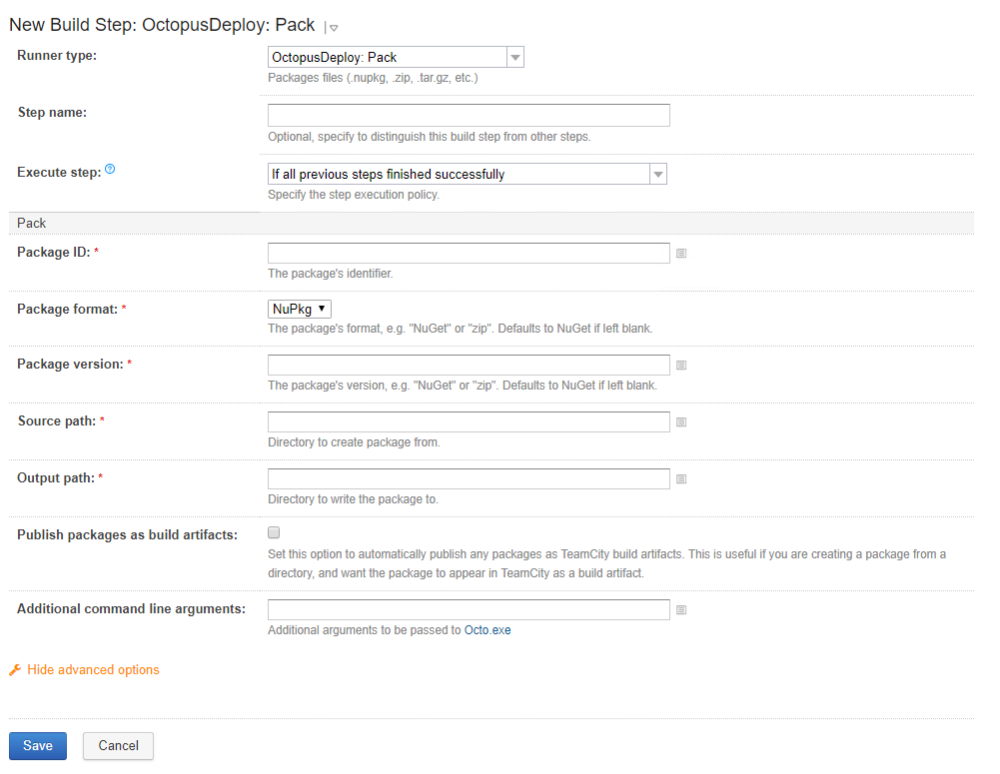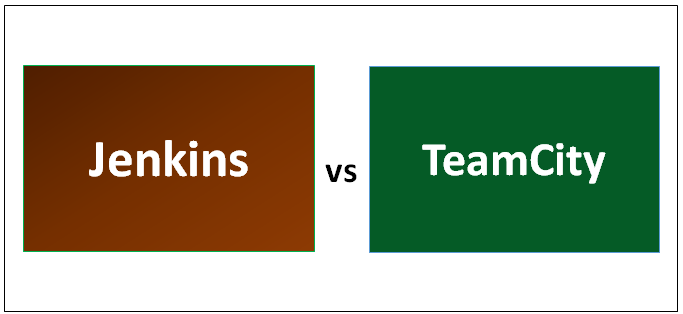
- TEAMCITY VERSIONS SERIAL NUMBER
- TEAMCITY VERSIONS UPDATE
- TEAMCITY VERSIONS PATCH
- TEAMCITY VERSIONS UPGRADE
If you find any issue, please, report them in YouTrack using the SakuraUI-plugins tag. Since the release of TeamCity 2020.2, we strive to keep the Plugin API consistent and compatible across different TeamCity versions (2020.2 and further). In addition to the previous plugin development workflow, we made a significant improvement, concentrating on the front-end aspects of the plugin development. There is also a Workshop from the TeamCity Technology Day. The updated plugin system lets you write any sophisticated plugin and integrate it both in the experimental UI (code-named Sakura) and classic UI. This document explains the new way of the plugin development in TeamCity. At this point, we stop providing regular technical support for the On-Premises release.Initially, we shared our view on the TeamCity plugins and the motivation behind revising our plugin development approach in the dedicated blog post. Occurs with the release of two newer major versions. Only limited support is provided for a major version after its end of sale.
TEAMCITY VERSIONS UPGRADE
After this time, no bugfix updates or patches are usually provided (except critical issues without a workaround which allow for a relatively simple fix, or make it impossible to upgrade to the next version). Occurs for the previous major version with the release of the next major version. Bugfix releases and support patches for critical issues, if applicable, are provided until End of Sale of the release. There are multiple minor (bugfix) releases following the major release. It is released approximately once in two months as YYYY.MM.Ī major TeamCity On-Premises version is usually released every 6-7 months. This is the first official version where the new features are rolled out to. The default stages of a TeamCity release: On-Premises instances can be upgraded to a new major version twice a year, exactly as before. The TeamCity Cloud infrastructure allows releasing new features more frequently than in On-Premises: they are now rolled out to the Cloud instances bimonthly. We are discontinuing a former Early Access Program in favor of frequent and stable TeamCity Cloud releases, in which all features will be polished and ready to be used in production, but tested only in the Cloud environment. Since version 2021.12, TeamCity adopts a new scheme of releases. The dates of all previous releases and the sequence of TeamCity versions are listed here.
TEAMCITY VERSIONS UPDATE
For example, 2022.04.1 is the first bugfix update to be released for major version 2022.04.
TEAMCITY VERSIONS SERIAL NUMBER
For example, 2022.10 are two major versions to be released in year 2022, in April and October.Ī minor release is represented by the YYYY.MM.B number, where YYYY.MM.B corresponds to its preceding major release and B is the serial number of the minor (bugfix) release. Version NumbersĪ major release is represented by the YYYY.MM number, where YYYY is the release year and MM is the number of the release month.

Read more about the release stages in the following section.

Major updates are released twice a year, and each major release is followed by multiple minor (bugfix) releases. Any news concerning patches, release issues, and upgrade notes are published here.
TEAMCITY VERSIONS PATCH
If we notice a critical bug soon after releasing another TeamCity version, it is our priority to release the respective patch or the next bugfix update as soon as possible, which makes it especially crucial that you don't skip regular updates. Security updates: to comply with the industry-best security practices, we continuously analyze TeamCity and introduce multiple security improvements per release (for more details on security in TeamCity, read these notes).īug fixes: thanks to our QA team and active user feedback, we can quickly catch and fix even rare bugs. Performance improvements: one of the primary focuses of our team is to make TeamCity as fast and responsive as possible, which includes smooth UX, stable server performance, reasonable utilization of hardware resources, and many other aspects. To ensure smooth upgrade/downgrade between minor versions, bugfix updates do not add any important features but aim at fixing occurring problems. New features are mostly released in major versions. The recent release notes give an example of the number and scale of features provided per major release.

New functionality: including new runners, build features, UI enhancements, integration with third-party software, and instruments for customization. Each release introduces the following key improvements: We highly recommend upgrading your server and agents as soon as the new version is released. TeamCity is systematically and frequently updated with new features and optimizations. The information on this page can be used for reference purposes only.


 0 kommentar(er)
0 kommentar(er)
